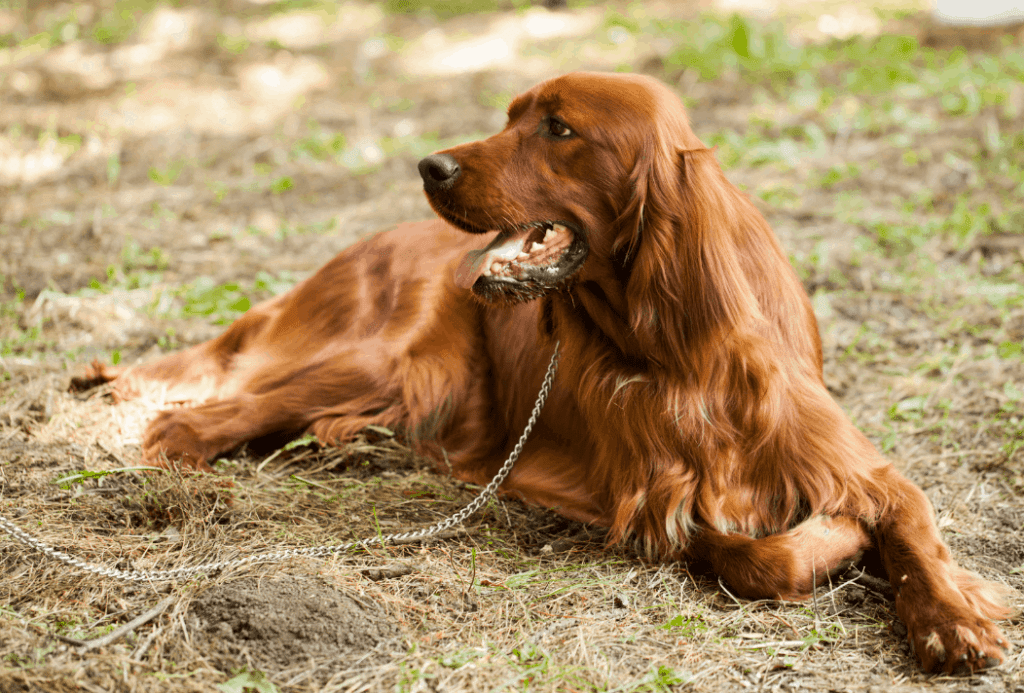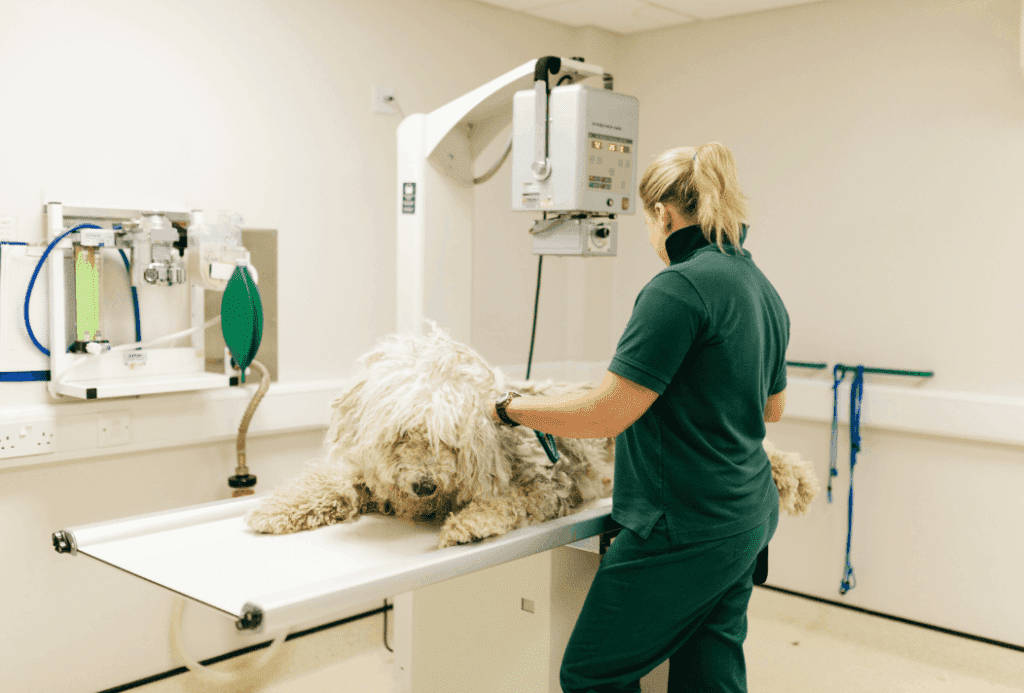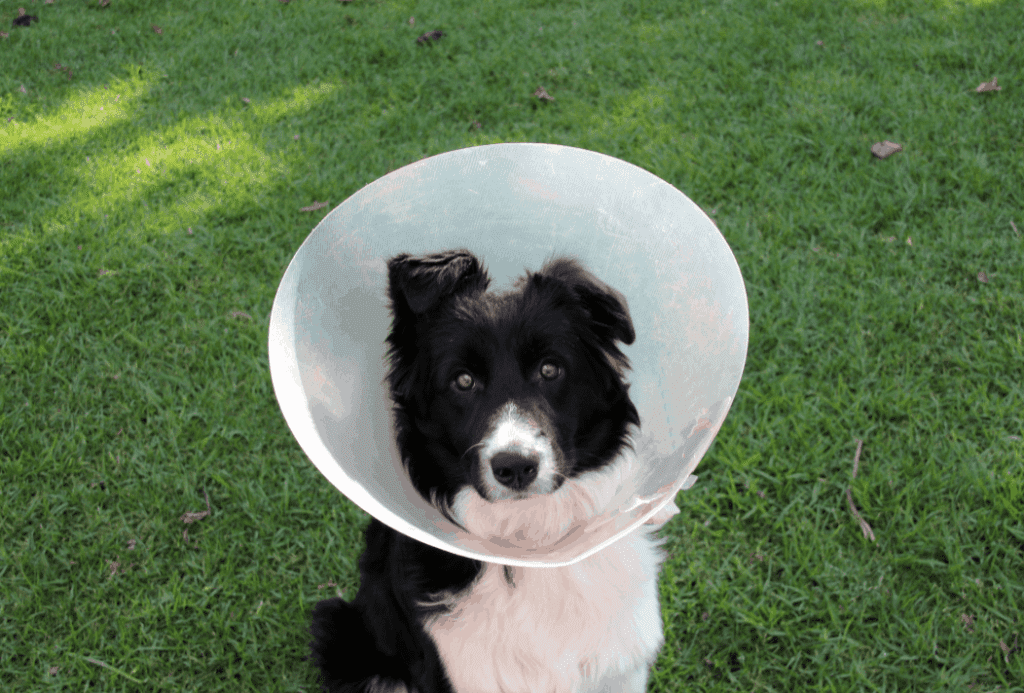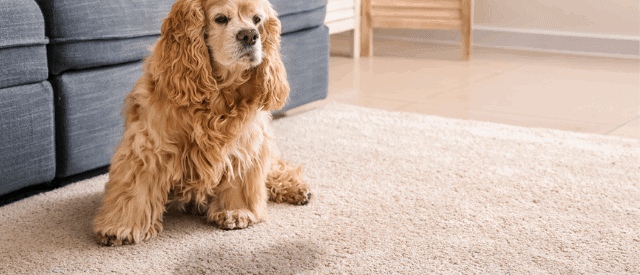Urinary incontinence refers to an involuntary leakage of urine. The condition is uncommon in males and intact female dogs, with only about 1% being affected. The incidence of urinary incontinence is much higher in spayed female dogs, with 4%-20% of spayed female dogs developing incontinence.
Owners may notice that their dog begins to leak urine, especially when she is asleep or lying down. The symptoms of this condition look just like several other medical conditions. In this article, we’ve summarized some information that will help you understand what causes urinary incontinence and what you can do about it if you notice the condition in your dog.
What is Spay Urinary Incontinence?
Spay urinary incontinence is a type of acquired incontinence that involves an incompetent urethral sphincter mechanism. The urinary bladder works to store urine when the bladder wall muscles are relaxed. On the other hand, the urethral sphincter, the muscle at the bottom of the bladder that holds urine in, is contracted. Urination occurs when this is reversed: the bladder wall muscles contract and the urethral sphincter relaxes.
Dogs that are urinary incontinent often dribble urine and may urinate in their sleep. Although they also may urinate normally, they seem unaware when urine is leaking.
Owners may note that the dog is resting and passes urine, seemingly unaware that she is doing so. Some dogs even seem to scare themselves when they involuntarily pass urine. Indoor dogs may even feel embarrassed when they urinate in the house.
If you notice that your dog has started urinating on the bed, it could be due to incontinence. But, it may also be due to a variety of other medical or behavioral causes.
Why has my dog suddenly become incontinent?
Spay urinary incontinence may occur for a variety of reasons, including genetics and obesity. Low estrogen levels that occur after a spay have been associated with loss of urethral muscle tone, allowing for the urine leakage.
Urinary incontinence is also linked to a variety of other problems, including:
- Neurologic disorders, including disc disease, that affect the muscles of the bladder or the urethra.
- Any number of conditions which affect the function of the bladder wall by putting pressure on it, or causing inflammation. This includes bladder stones, urinary tract infection, bladder wall tumors, and polyps.
- Anatomic abnormalities.
- Urethral disorders.
How is Spay Urinary Incontinence diagnosed?
Urinary incontinence is often a diagnosis of exclusion, meaning that it is diagnosed after other causes are ruled out. The history of your dog’s symptoms is important in diagnosing this condition. Diagnosis is often confirmed by a response to medications.
Your vet will look at the symptoms
Incontinence involves involuntary urination, and often in small amounts. Some symptoms that your vet may look for to diagnose spay urinary incontinence:
- Urination often occurs at sleep or rest.
- Urination occurs with increased abdominal pressure, such as barking or coughing.
- Urine scalding or moisture may be present around the vulva or penis.
- The dog seems unaware that she is urinating.
The vet may also refer to the dates when your dog was spayed. Hormone responsive incontinence usually occurs two to four years after a spay.
Certain breeds are more prone to spay urinary incontinence
- Old English sheepdogs
- Boxers
- Doberman pinschers
- German shepherd dogs
- Rottweilers
- English springer spaniels
- Weimaraners
- Irish setters
- Dalmatians

Dogs that weigh more than 15kg (33 pounds) are seven times more likely to develop urinary incontinence.
Your vet may use a variety of diagnostics
- A urinalysis to rule out other causes, such as a urinary tract infection, urinary crystals, or diabetes mellitus.
- Urine culture to be sure that a bacterial urinary tract infection isn’t causing the problem.
- Blood work to check for other problems that may cause a dog to urinate more, including diabetes mellitus, kidney disease, and endocrine disease.
- Radiographs and ultrasound to look for anatomical abnormalities, and bladder wall disease, including polyps, tumors, and bladder stones.
- Passage of urinary catheter to check for anatomical abnormalities.

How Spay Urinary Incontinence is treated
The treatment of urinary incontinence is based on the cause. For urethral incompetence, including urinary incontinence after a spay, two main types of medications are common.
Phenylpropanolamine
Phenylpropanolamine is a medication that increases the tone of the urethra and therefore decreases leaking. Blood work and blood pressure may need to be monitored with this medication. Dogs with kidney disease, high blood pressure, or heart disease may not be good candidates for this drug.
Estrogen supplementation
Estrogen supplementation may also be used with dogs that are incontinent after a spay. Estrogen can suppress the bone marrow, so blood work may be monitored with this medication.
Surgery
While medications are typically the treatment of choice for urinary incontinence, surgery is available to assist urethral closure.
Injections
Bulking agents, such as collagen, can be injected into the urethra to help it close.
Can spay incontinence be cured?
Yes it certainly can be, and it’s important to catch the condition early.
Phenylpropanolamine controls urinary incontinence in 74%-92% of dogs. Estrogen is effective in 65%-83% of female dogs.
Urinary incontinence is frustrating and can lead to other health problems. By itself, it is not life-threatening. Urine that is leaked can have prolonged skin contact and cause urine scald and skin infections.
Incontinent dogs are at an increased risk of urinary tract infections. If left untreated, the infection can spread to the kidneys, which can cause long-term kidney damage.
Routine urinalysis and urine cultures should be used to screen for urinary tract infections.
Can I do anything to decrease my dog’s risk of developing spay urinary incontinence
There is a clear association between spaying and urinary incontinence. However, no consistent data is available regarding the age at the time of spay and the development of incontinence.
Spay your dog after 3 months of age
Spaying your dog at an early age (less than three months old) may carry an increased risk of spay urinary incontinence. Overall, spaying between three months and the first heat cycle carries the least risk of development of incontinence. Smaller dog breeds are less likely to be impacted by the time of spay.
The health risk of not spaying outweighs the risk of spay urinary Incontinence
While spaying is associated with an increased risk of urinary incontinence, it is still recommended. The risk of mammary cancer outweighs the risk of incontinence. Spaying also prevents pyometra (uterine infection), which is a life-threatening condition.

The pet overpopulation problem in the US results in over a million pets being put to sleep every year. For these reasons, spaying is still recommended, ideally between three months of age and the first heat cycle at around six months old.
If you think your dog is incontinent take her to the vet
If your dog is urinating in her sleep, in bed, or in the house, take her to your veterinarian. Many conditions may cause inappropriate urination, including urinary incontinence. A thorough history, exam, and diagnostics can get help your veterinarian diagnose urinary incontinence to get your dog the help she needs!
References
- Byron, J, Urinary incontinence and OHE. (https://www.vin.com/doc/?id=8011772). ACVIM 2017.
- Forsee KM, Davis GJ, Mouat EE, et al. Evaluation of the prevalence of urinary incontinence in spayed female dogs: 566 cases (2003-2008). J Am Vet Med Assoc. 2013;242::959-962.
- McLoughlin, MA, Chew DJ: Surgical views: Surgical treatment of urethral sphincter mechanism incompetence in dogs. Compend Contin Educ Vet. 2009;31(8):360-373.
- Beauvais W, Cardwell JM, Brodbelt DC. The effect of neutering on the risk of urinary incontinence in bitches – a systematic review. J Small Anim Pract. 2012;53:198-204.









